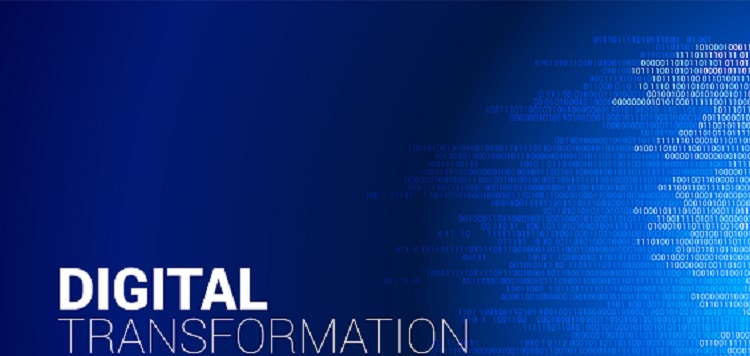In today’s fast-changing business landscape, the term “digital transformation” is increasingly used to describe the process of modernizing and optimizing business operations. However, digital transformation is not just about technology. In fact, it should be viewed as a business transformation that entails the adoption of new processes, resources, and ways of working to provide a better customer and employee experience, increase revenue, and bring more agility to the organization. This article delves into the concept of digital transformation beyond technology and highlights the key strategies that businesses can employ for success.
Digital transformation as business transformation
The first and most important aspect of digital transformation is the realization that it is not just about technology. Businesses should view digital transformation as a means of transforming their operations and aligning them with customers’ expectations. This means that businesses should focus on providing new capabilities, entering new markets, and developing new products that resonate with customers. The key is to embrace innovation and change and understand that this transformation is a continuous process.
A framework for thinking about digital initiatives
To embark on a successful digital transformation, businesses must create a framework for digital initiatives that aligns with their strategic objectives. This framework should encompass the creation of new capabilities and products, the alignment of technology with the strategy, and the adaptation and adoption of new processes, resources, and ways of working. By creating a framework, businesses can clearly define their goals and align their resources accordingly, thereby optimizing their chances of success.
Importance of Adapting to New Processes and Ways of Working
One of the critical aspects of digital transformation is the ability to adapt to and adopt new processes, resources, and ways of working. This requires a willingness to embrace change and invest in new technologies, processes, and people. Above all, it requires a mindset shift that puts the customer at the center of everything the business does.
Aligning technology with strategy
While digital transformation is more than just technology, technology still plays a critical role in driving business success. Organizations need to focus on technologies that align with their strategy and drive superior market value. Technology alone cannot drive digital transformation; it needs to be aligned with the business processes and the overall digital strategy. Moreover, IT cannot drive digital transformation alone. The whole organization needs to be aligned with the company’s strategic objectives for digital transformation to be successful.
Emphasizing agility
Businesses that want to achieve sustained success with digital transformation must embrace agility. This means moving away from large, monolithic ERP transformations to a more agile approach focused on speed of delivery. Successful transformations rely on leadership across the organization and the ability to deliver multiple impactful components in parallel.
Aligning IT and business domains
Companies like Dow and Schneider have successfully aligned their IT groups with specific business domains to enable the organizations to operate better and be more effective as business partners. This approach allows the IT group to specialize more and align with business objectives. Furthermore, the power couple approach, which pairs a domain or business leader with a digital leader, enables businesses to capitalize on the strengths of each leader and develop solutions that bring real value.
Expanding beyond marketing promises
Many organizations are expanding their AI and machine learning programs and exploring ways to deliver value beyond what marketing claims such platforms can do. By exploring innovative ways to leverage new technologies, businesses can create new revenue streams, streamline operations, and provide better products and services. The key is to embrace a culture of innovation and experimentation and continuously push the boundaries of what is possible.
Refining the Role of RPA in Digital Transformation
Robotic Process Automation (RPA) has emerged as a potent technology for automating repetitive tasks and processes. However, it is important to view RPA as a tool rather than a platform. It provides one capability and should not be viewed as a panacea for driving digital transformation. Instead, businesses should focus on integrating the RPA tool into their broader digital strategy to deliver maximum value.
Digital transformation is an ongoing process that requires businesses to continually evolve and adapt their operations. By embracing a mindset of innovation, aligning technology with the business strategy, embracing agility, and aligning IT with business domains, businesses can develop solutions that provide real value to customers, employees, and shareholders alike. Furthermore, by exploring innovative ways to leverage new technologies, businesses can create new revenue streams, streamline operations, and provide better products and services. The key is to have a clear strategy, implement an agile framework, and continuously push the boundaries of what is possible.

